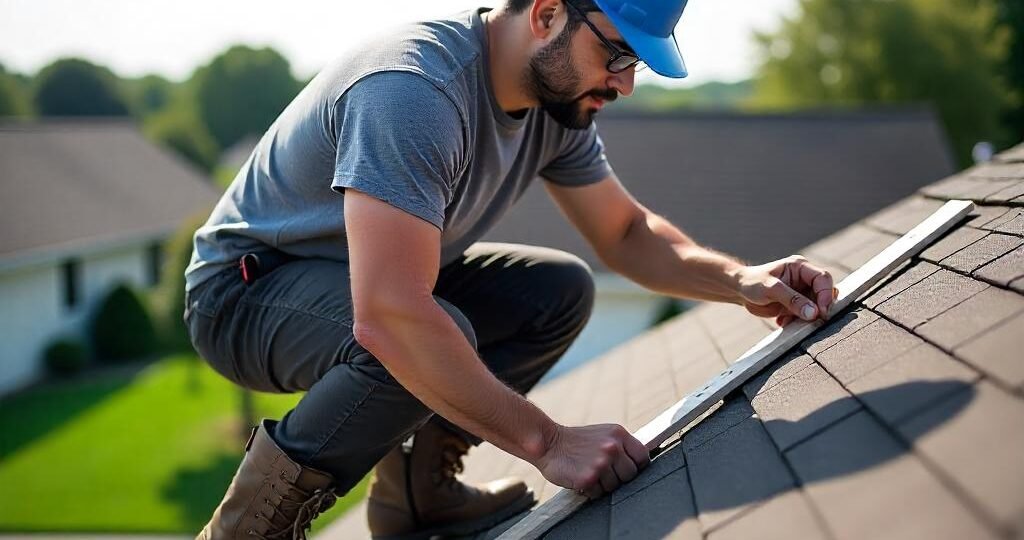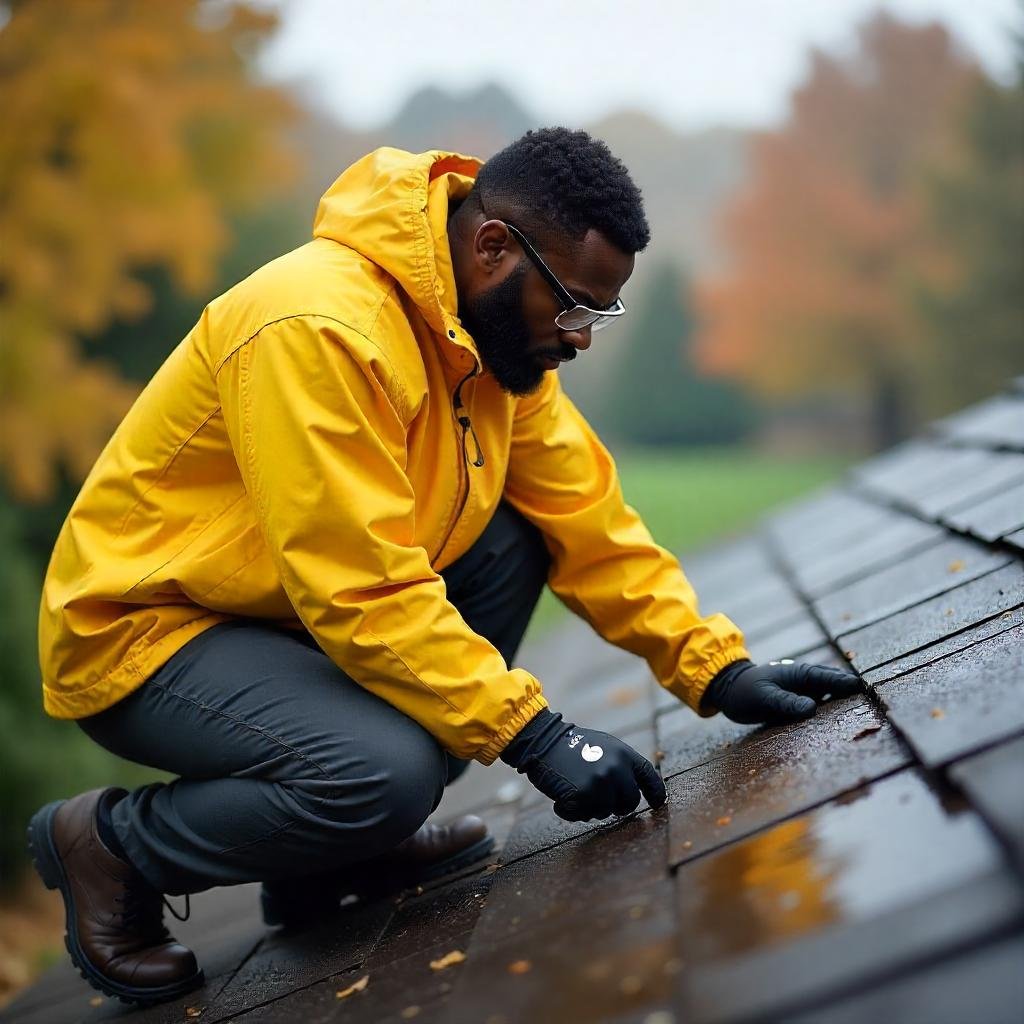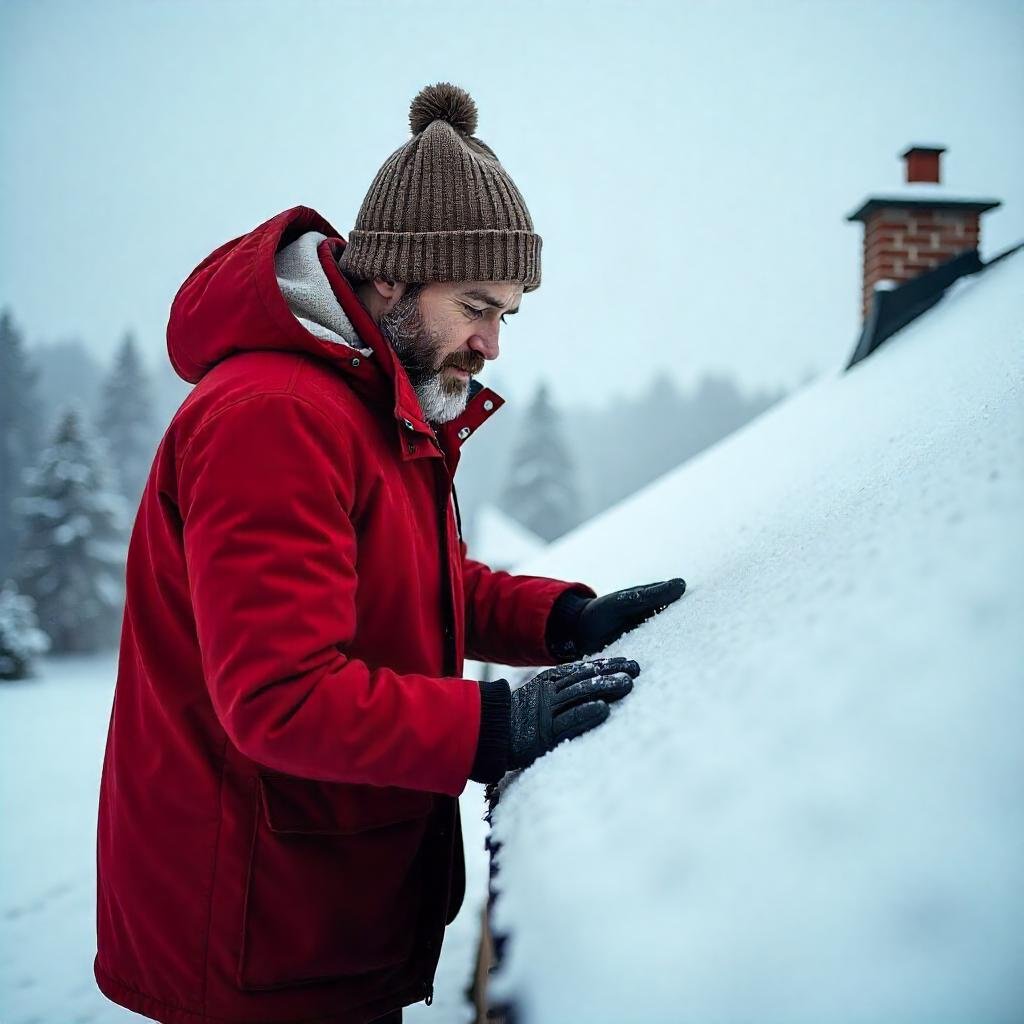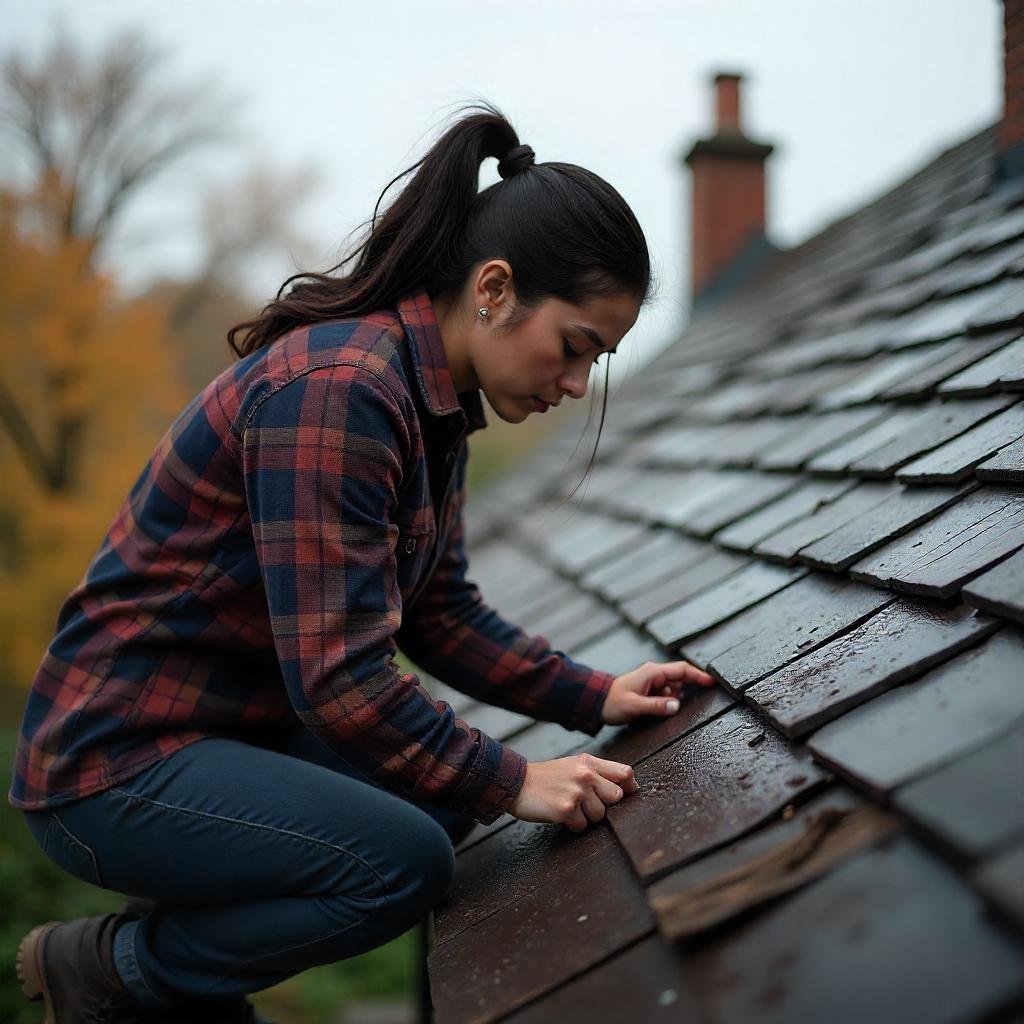How Proper Roof Ventilation Protects Your Home and Roof
June 24, 2025 | by Roofing Contractor in US

Your roof does more than just protect your home from rain and weather — it also plays a key role in your home’s energy efficiency and comfort. One of the most overlooked components of a healthy roofing system is ventilation.
So, why is proper roof ventilation so important? And what happens if your attic isn’t breathing the way it should? Let’s dive in.
What Is Roof Ventilation?

Roof ventilation is the system of intake and exhaust vents that allow fresh air to flow in and out of your attic space.
- Intake vents (usually at the soffits or eaves) bring in cool air.
- Exhaust vents (like ridge vents or roof louvers) let warm, moist air escape.
This constant airflow keeps the attic and roof space in balance.
Why Is Proper Ventilation So Important?
1. Reduces Heat Buildup in Summer
During hot months, a poorly ventilated attic can reach temperatures of 150°F or more. This heat transfers into your living space, forcing your AC to work harder.
✅ Proper ventilation reduces attic temperatures and lowers energy bills.
2. Prevents Moisture Damage in Winter
In cold months, warm air from your home rises into the attic and meets cold surfaces. This causes condensation, which can lead to:
- Mold and mildew growth
- Rotting wood
- Damaged insulation
✅ Ventilation keeps air circulating and moisture levels under control.
3. Extends Roof Lifespan
Trapped heat and moisture are two of the biggest enemies of your roof. Over time, they can cause:
- Premature shingle deterioration
- Rusting of nails or flashing
- Ice dams on the roof edge
✅ A properly ventilated roof can last years longer.

4. Improves Indoor Air Quality
Ventilation helps move stale, humid air out of your attic and home. This contributes to better airflow, humidity control, and indoor air quality for your family.
Signs of Poor Roof Ventilation
Look out for:
- Hot or stuffy upstairs rooms
- Mold or mildew smell in the attic
- Curling or damaged shingles
- High energy bills (especially in summer)
- Ice dams forming in winter
What Does Good Roof Ventilation Look Like?

Every home is different, but a balanced system should have:
- Soffit vents (intake) along the eaves
- Ridge vents (exhaust) along the roof peak
- Gable vents or attic fans (optional, based on design)
Rule of thumb: You need 1 square foot of ventilation for every 150 square feet of attic space.
How to Improve Your Roof Ventilation
- Schedule a professional roof inspection
- Ensure existing vents aren’t blocked by insulation
- Consider installing ridge vents or attic fans
- Add soffit vents if they’re missing
Final Thoughts
Proper roof ventilation isn’t just an add-on — it’s an essential part of protecting your home from heat damage, moisture buildup, and rising energy costs.
If you’re unsure about your attic’s airflow, contact US for a free inspection and ventilation consultation. We help homeowners stay comfortable, energy-efficient, and protected year-round.
More Roofing Articles
RELATED POSTS
View all


